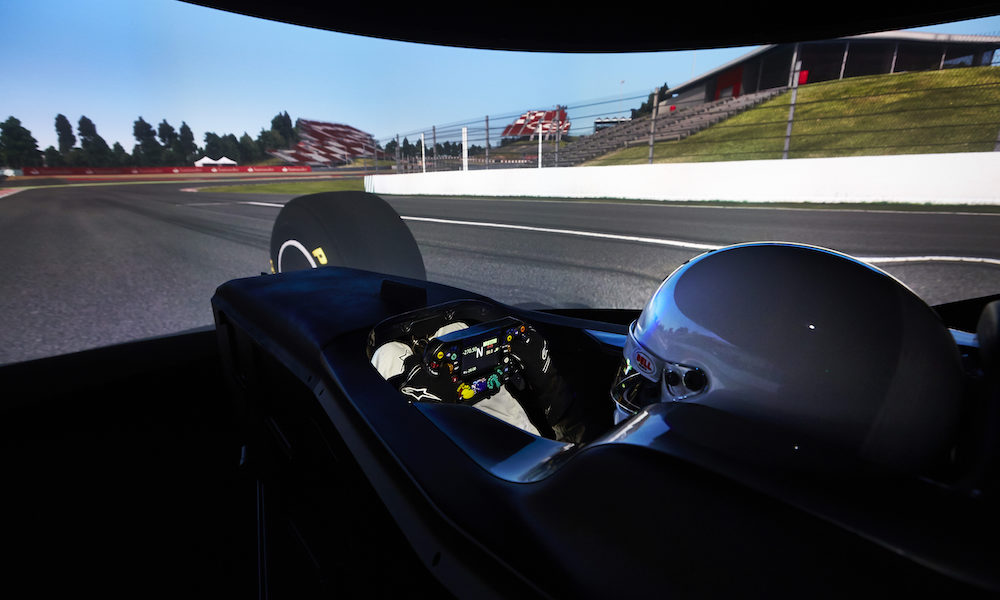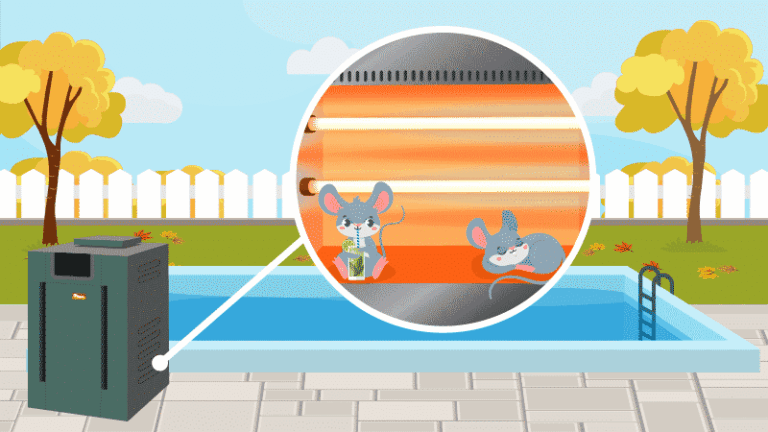Sim racing, or simulation racing, has evolved significantly in recent years, offering a realistic and immersive experience that mirrors real-world motorsport conditions. It has become an essential tool for professional racing drivers, particularly those in Formula 1 (F1). For F1 drivers, preparation for a new circuit is crucial, and sim racing provides a unique opportunity to gain valuable insights before hitting the actual track. This article explores how sim racing helps F1 drivers prepare for new circuits, examining various aspects such as track familiarization, data analysis, and honing driving skills.
Track Familiarization Through Simulation
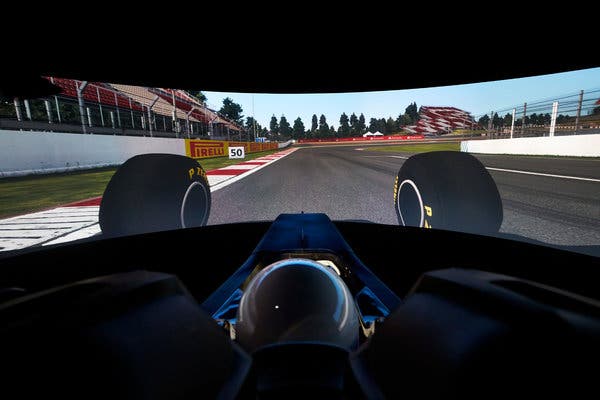
One of the primary ways sim racing aids F1 drivers is through track familiarization. New circuits present challenges that are not just limited to the layout but also include understanding the nuances of each corner, the elevation changes, and the track surface. By using high-fidelity simulators, F1 drivers can virtually experience these circuits long before they set foot on the real track. This immersive environment allows drivers to learn the braking points, ideal racing lines, and even anticipate how the car might handle in various sections of the track.
For instance, sim racing platforms like iRacing and Assetto Corsa provide detailed laser-scanned replicas of real-world circuits, ensuring that every bump and curb is accurately represented. F1 teams often customize these simulations to closely match the specific setup and conditions of their cars.
This attention to detail helps drivers to improve in iRacing simulations, enabling them to refine their skills and better understand the track dynamics. By the time the drivers arrive at the actual circuit, they are already familiar with the layout, which significantly reduces the learning curve and allows them to focus on optimizing their performance.
Data Analysis and Feedback Integration
Another significant benefit of sim racing for F1 drivers is the ability to conduct in-depth data analysis. In F1, data is a critical component for performance improvement. Simulators generate a vast amount of telemetry data, similar to what is collected during actual racing sessions. This data includes information on speed, braking, throttle application, steering inputs, and more. Engineers can analyze this data to identify areas where a driver can improve, such as adjusting their braking technique or finding a more efficient racing line.
Enhancing Driving Skills and Reflexes
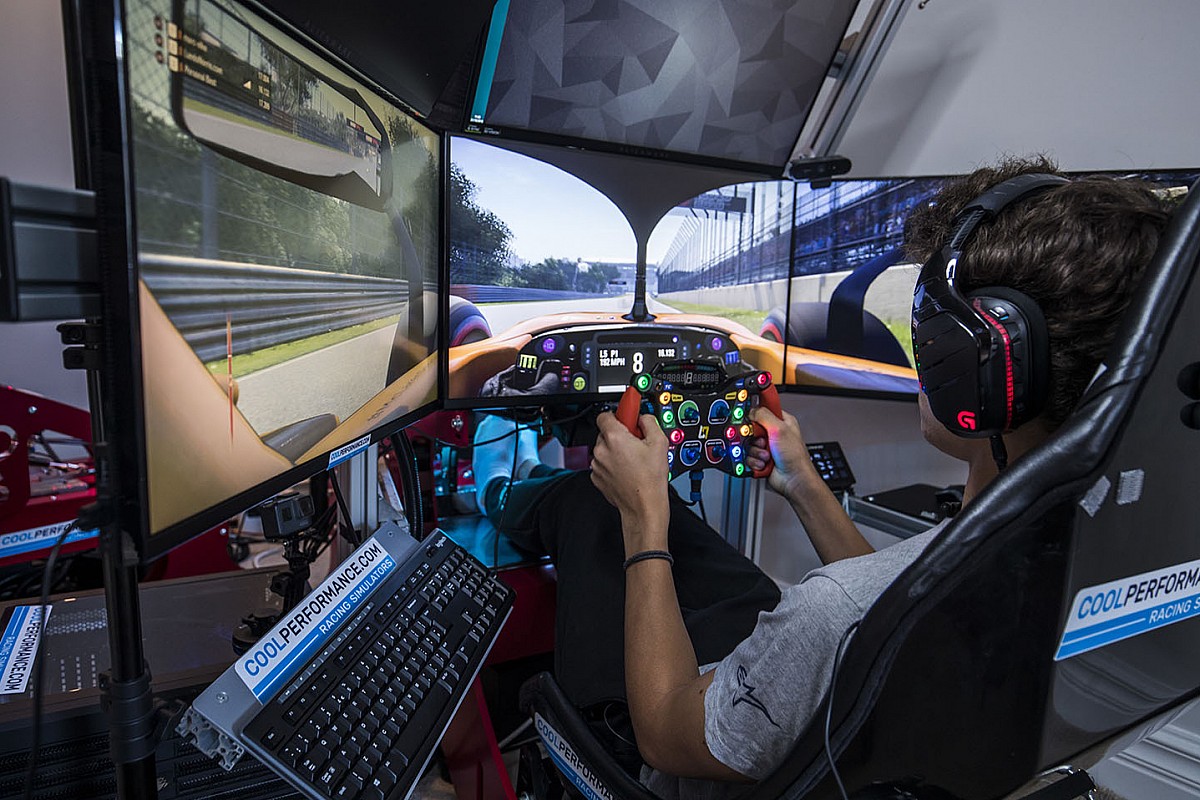
Sim racing plays a crucial role in honing a driver’s skills and reflexes. F1 drivers are required to have impeccable precision and quick reactions, as even the slightest mistake can have significant consequences. High-quality simulators replicate the intense physical and mental demands of a real F1 car, providing a platform for drivers to practice and enhance their abilities.
Gaining a Competitive Edge
In the highly competitive world of F1, every advantage counts. Sim racing offers a cost-effective and efficient way for drivers to gain a competitive edge. Unlike traditional testing, which is expensive and often limited by regulatory restrictions, sim racing provides unlimited access to practice and development opportunities. This flexibility allows drivers to continuously refine their skills and adapt to new circuits without the logistical challenges associated with real-world testing.
Table: Comparison of Real-World Testing and Sim Racing
| Aspect | Real-World Testing | Sim Racing |
| Cost | High due to logistics and equipment | Low, mainly software and hardware costs |
| Track Availability | Limited to specific dates and locations | Available anytime, anywhere |
| Weather Conditions | Unpredictable, may not match race day | Can be controlled and simulated |
| Setup Variability | Requires physical changes to the car | Easily adjustable through software |
| Data Collection | Requires sophisticated sensors and equipment | Integrated into simulation software |
| Physical Strain | High, due to G-forces and heat | Moderate, can replicate some G-forces |
| Environmental Impact | High, due to fuel consumption and emissions | Low, primarily electricity usage |
Conclusion
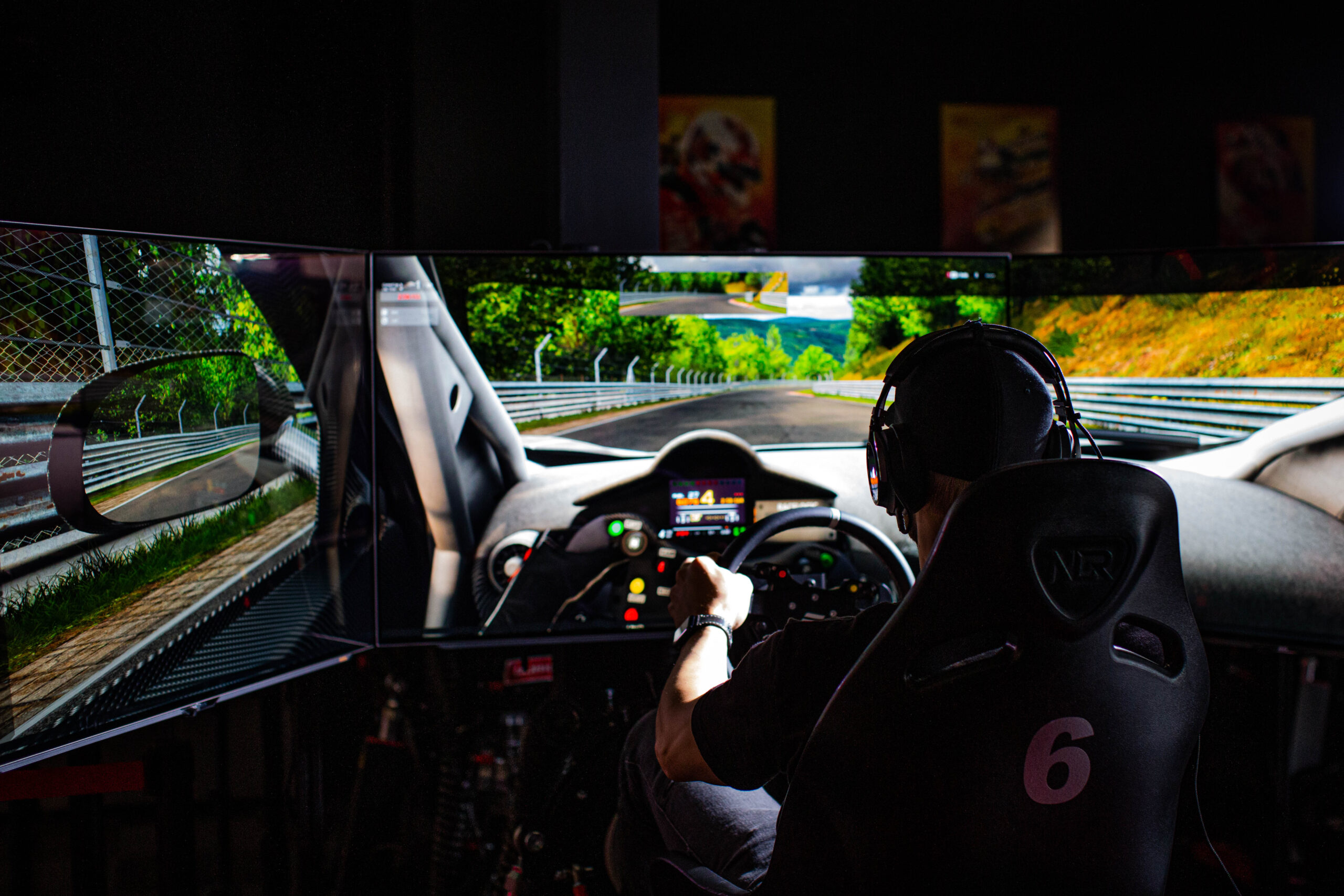
Sim racing has become an indispensable tool for F1 drivers preparing for new circuits. It offers a range of benefits, from track familiarization and data analysis to enhancing driving skills and mental preparation. By incorporating sim racing into their training routines, F1 drivers can gain a comprehensive understanding of new circuits, optimize their performance, and maintain a competitive edge. As technology continues to advance, the role of sim racing in professional motorsport is likely to grow, providing even more opportunities for drivers to hone their craft and excel on the world stage.

